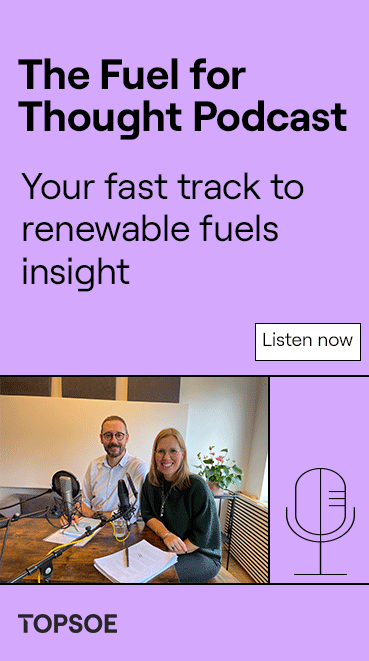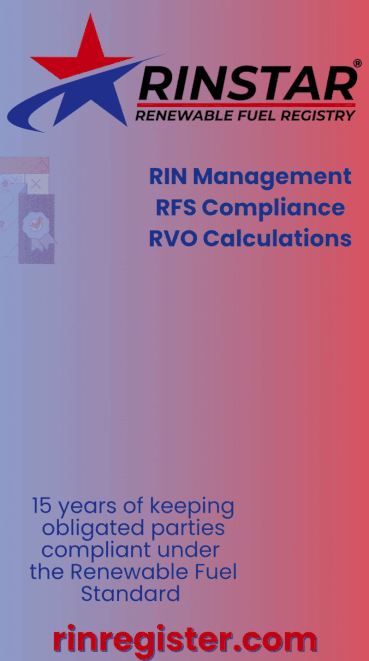Celebrating 20 years of biodiesel in Minnesota
- Minnesota Soybean
- Sep 30
- 4 min read

Twenty years is a long time. Two decades ago, in 2005, George W. Bush was president, “The Office” and “Grey’s Anatomy” both premiered on network TV, Hurricane Katrina hit Louisiana, Zygi Wilf took ownership of the Minnesota Vikings and, most importantly to soybean farmers and biofuels advocates, a new frontier was crossed when the B2 biodiesel law was implemented in the state of Minnesota.
For some, 20 years feels like a lifetime, or at least a generation.
For others, two decades since Minnesota’s historic adoption of biodiesel went by in a blink of an eye.
“It’s hard to believe it’s been 20 years already,” said Lincoln County farmer Bob Worth, who served as Minnesota Soybean Growers Association president in 2005. “In some ways, it feels like yesterday.”
In 2002, following several years of strong, proactive leadership from MSGA and research funded by the Minnesota Soybean Research & Promotion Council, the historic biodiesel law was passed in the Minnesota Legislature.
Minnesota’s biodiesel processors were required to produce 8 million gallons of B100 in production sites before the Minnesota Department of Agriculture gave final approval.
Three biodiesel plants were built in Minnesota between 2002 and 2004, exceeding the production requirement.
The law officially took effect three years after the legislation on Sept. 29, 2005, when B2 pumps were implemented around the state.
With implementation, Minnesota became the first state to require a biodiesel percentage in diesel fuel.
“It was an exciting time,” Worth said. “It was really a good team effort. It proves right there that when you have a solid team working for a good cause, positive things do happen.”
Alongside Worth and Minnesota Soybean, then Gov. Tim Pawlenty and MDA Commissioner Gene Hugoson were key voices in starting a homegrown biodiesel industry, practically from scratch.
“It was certainly a team effort in getting the law into place and implemented,” Hugoson said from his Martin County farm. “There were other attempts to try to find value-added to soybeans, but there’s no doubt that the biodiesel was the success that had long-term sustainability. Biodiesel was a process of bigger usage of soybean oil, so that made a big difference.”
The movement started as a grassroots collaboration between farmer leaders from both MSGA and MSR&PC.
The council helped fund research showing the benefits of biodiesel, while MSGA addressed the policy side of engaging with legislators and industry leaders.
“If it wasn’t for the Minnesota checkoff, we wouldn’t have a biofuels industry,” said Minnesota farmer Gene Stoel, who served on both MSR&PC and MSGA. “Minnesota soybean farmers were the ones who proved biodiesel works. We crush soybeans for meal, then used the residual product for oil. We can take the oil and make a fuel out of it. That, to me, was pretty forward-looking on the part of a lot of good farmers.”
Since the 2002 mandate passed, Minnesota has been steadily increasing the requirements.
The most recent increase was passed in 2018, bringing requirements up to B20 for the summer months—another first for the nation.
When the blend requirements change, the production also changes.
In 2005, Minnesota production reached 16 million gallons per year.
In 2022, that had increased to 74.6 million gallons per year.
“It’s farmer grown,” Worth said. “That’s something that really impressed me—that we can grow our own diesel fuel. It takes a million years to create a gallon of fossil fuel, but it only takes nine months for a gallon of biodiesel.”
Minnesota produces about 74 million gallons of biodiesel and consumed 77 million gallons—96 percent of the biodiesel consumed came straight from Minnesota farms.
Since the B20 law went into effect in 2018, there has been a lot more biodiesel used around the state, and 2022 numbers show Minnesota farmers produced 60 percent of what was consumed.
“Being able to source your product close to home certainly makes a lot of sense,” Hugoson said.
Biodiesel has helped increase the value of soybeans in Minnesota and around the country.
Biodiesel has helped increase the value of soybeans by about $1 per bushel, boosting demand by 13 percent.
In Minnesota alone, biodiesel is adding nearly 5,400 jobs and contributing nearly $1.7 billion toward the state’s economy, totaling $676 million in farm-level impact statewide.
“All the economic indicators show that biodiesel is improving farmer profitability and building demand for soybeans grown right here in Minnesota,” MSGA President Darin Johnson said. “We’re proud of the growth we’ve achieved in this industry and hope to continue adding value to our farmers’ bottom lines.”
Aside from economic benefits, the biodiesel industry helps protect the environment.
Studies show that biodiesel reduces greenhouse-gas emissions by more than 50 percent and displaces roughly 130 million gallons of petroleum diesel in Minnesota each year.
Using a B20 blend in the summer and a B5 blend in the winter equates to removing the emissions from nearly a quarter-million vehicles from Minnesota roads every year.
After Minnesota opened the door, many other states followed with their own legislation.
In 2005, Washington became second state to implement a mandate.
Iowa state vehicles use B20 year-round, and the city of Ames runs its snowplow fleet on B100.
Texas is the top market for biodiesel and the No. 2 producer.
Currently, 18 states have a biodiesel mandate.
California continues to be the top consumer of biodiesel.
“What Minnesota did has helped inspire other states to do similar legislation,” said Tom Verry, the director of outreach and development with Clean Fuels Alliance America, formerly the National Biodiesel Board. “We learned so much as an industry from Minnesota.”
Worth said Minnesota raised the standard, yet the work continues.
“I hope we can get it nationwide,” said Worth, who advocates for biofuels in his role as a director with the American Soybean Association. “We have to get the rest of the states on board. I’m very proud of Minnesota Soybean for pushing this.”


































